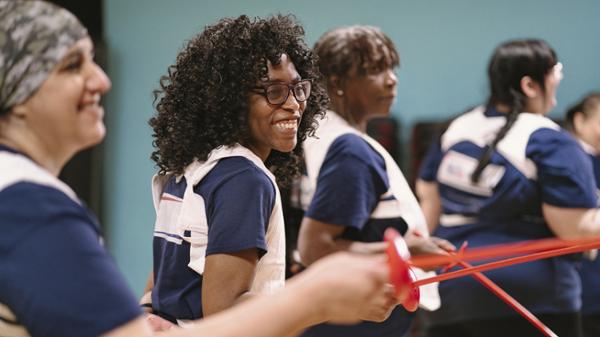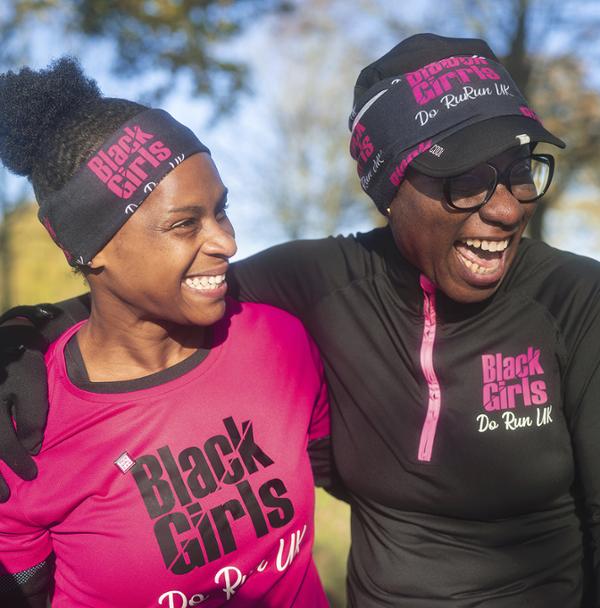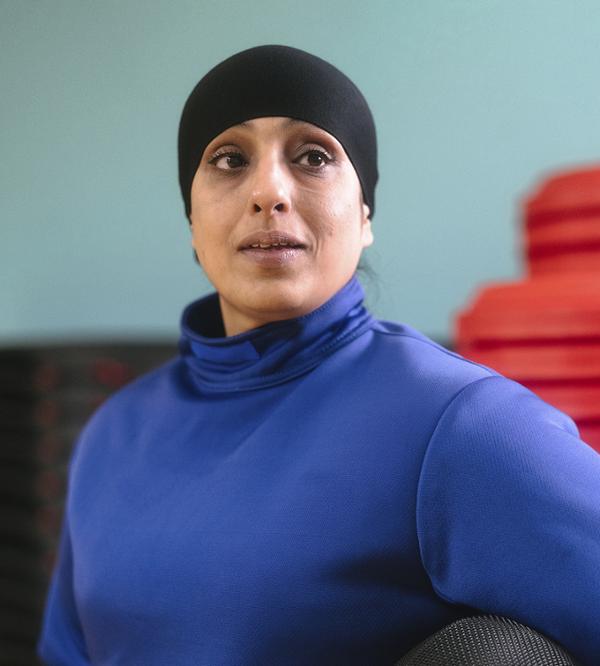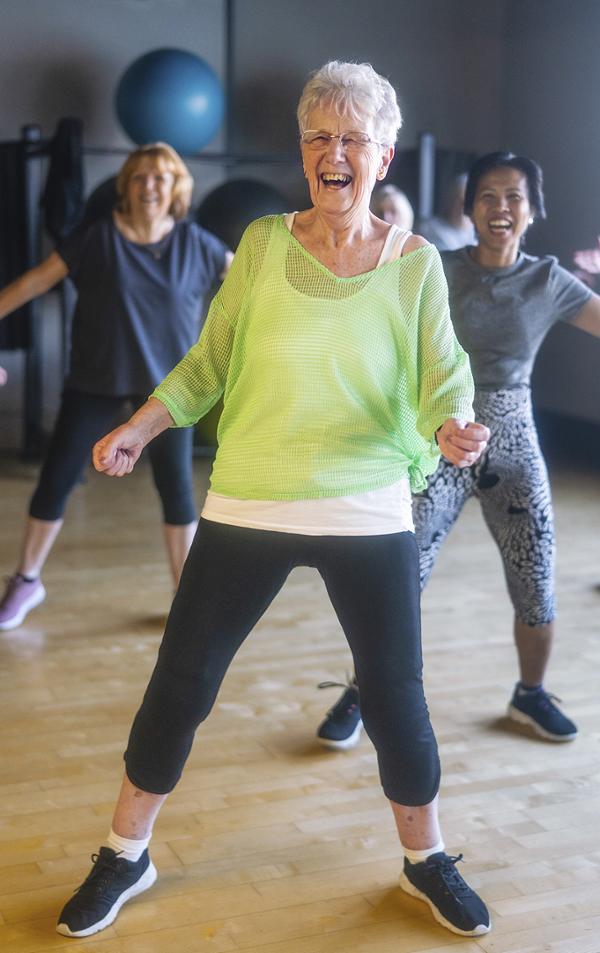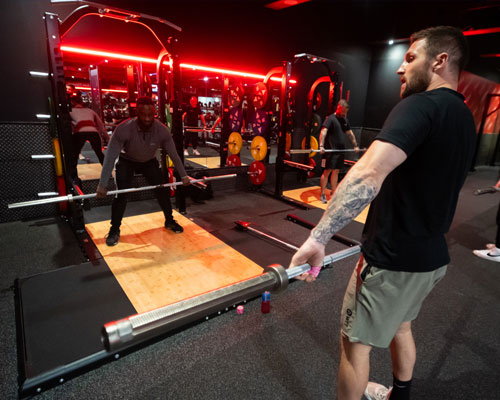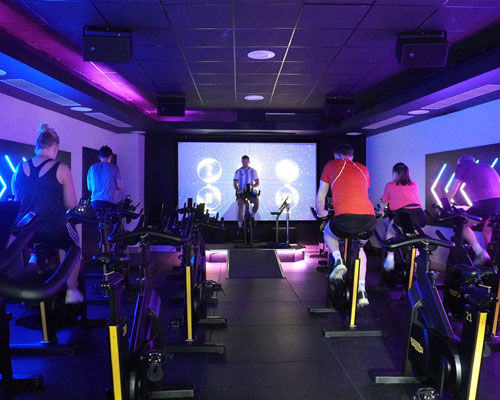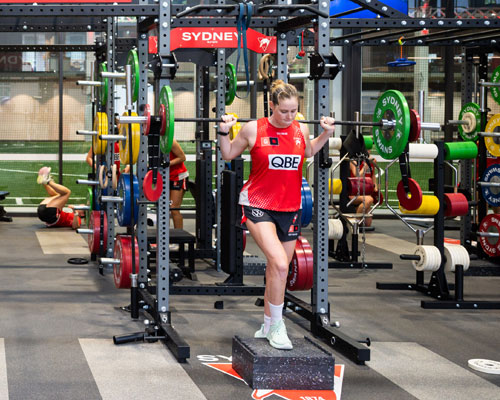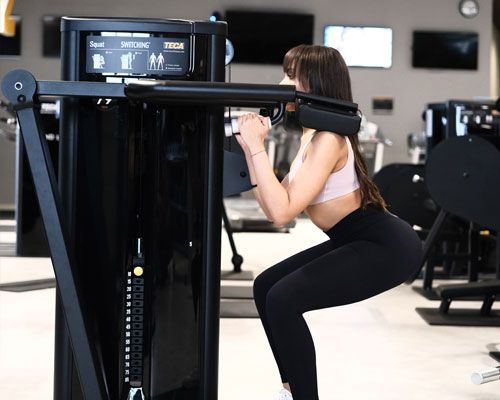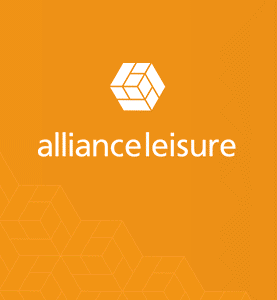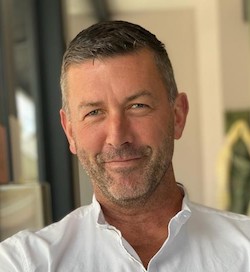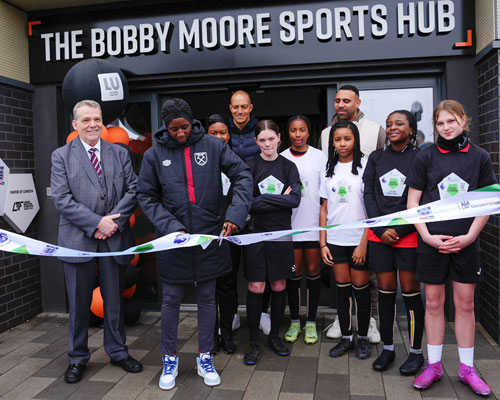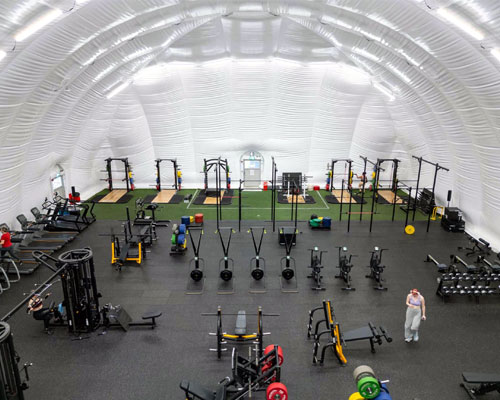features
Waves of change
The next few years will be tough, but we could use this as the opportunity for a reset. Martyn Allison asks, do we want to?
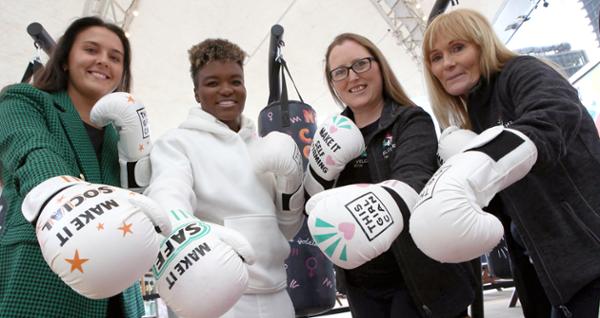
During the worst of the pandemic there was a real desire to ‘build back better’, but somehow that energy drained away. Now we’re vulnerable to having change forced on us, in the same way as happened following the economic and social turbulence of the 70s and 80s.
Two things emerged during that time: the birth of sports development and the arrival of Compulsory Competitive Tendering (CCT) for public services. These have shaped the sector and underpin its current challenges and opportunities. How we now re-engineer them will shape our future.
Sports development emerged when the social benefits of sport and recreation were recognised and the realisation that those who could benefit the most were missing out. Instead of just investing in facilities, councils and national sport bodies invested in people to reach out to marginalised communities and help them participate in sport.
Despite huge investment the changes didn’t happen at the desired scale, however. Traditional sport providers found it hard to relate to these communities and were often unwilling to adapt the product enough to make it attractive and accessible.
Only after the 2012 Olympics failed to drive up participation was the focus switched from sport to sport and physical activity, creating a closer alignment with health policy and a focus on inactivity.
Campaigns such as Sport England’s This Girl Can and the piloting of place-based working in the Local Delivery Pilots suggested change was happening, but getting the sport and leisure system to behave differently remained an aspiration. It was the pandemic and the after-shocks of the energy and cost of living crisis that finally made us realise we have to fundamentally change the way we work if we are to contribute to reducing the gap in health inequalities by reducing inactivity.
Funding changes
Traditional approaches to sports development are now having to change. With declining resources funders are switching from the traditional sports providers to more diverse organisation- and community-based organisations (called Locally Trusted Organisations) that can reach those with the greatest health needs.
Thinking back to CCT
CCT was brought in by a Conservative government convinced public services could be delivered more efficiently by the private sector when driven by greater commercialism. While it led to huge improvement in management competency and service performance, it also started a trend which made it harder to deliver social objectives, despite councils continuing to subsidise prices to protect access.
The Best Value scheme replaced CCT in the Blair years, refocusing on value, not just cost. Councils were struggling to maintain the subsidies and some were signing up for longer contracts to trigger capital investment from contract operators.
Then austerity struck and massive cuts to council budgets opened up the race to reduce costs and avoid having to pay subsidies altogether, with some contracts even becoming a source of income, enabling councils to use the funds from leisure to pay for other services.
While efficiency improved rapidly, effectiveness in terms of equality and social value declined again. Our ambition and enthusiasm for greater commercialisation inadvertently created a business model which made it harder to deliver on council social priorities. Many facilities were creating usage patterns which were making health inequalities worse rather than better.
Restructuring provision
As councils rethink their priorities over the next few years, we’ll face a restructuring in the provision of public sport and leisure. Many worn-out facilities will not be replaced and contracts will be put aside as councils and operators redefine their relationships. Some councils will take back direct control of their facilities, especially since they became VAT-free when managed in-house (www.hcmmag.com/NBVAT), while others will be handed to different parties to run themselves.
As we seek to pivot from sport and leisure towards wellbeing, facilities will change. The standard leisure centre, based on a pool and gym, may be superceded as we see more multi-service hubs linked closely to health improvement and prevention. Finding the right business model will not be easy. Commercial models which limit access for those who most need it will no longer be as acceptable to many councils.
These ideas are being discussed across the sector and are presented in the recent publication from Sport England, Future of Public Sector Leisure (www.hcmmag.com/FOPL).
The report sets out parameters for changing what we do and how we work. The foundations are correctly defined as aligning better with local health policy and priorities; locally designing services based on places and communities; developing collaborative leadership and engaging with the challenges of climate change and low carbon emissions. By adopting these four foundations we will find ourselves on common ground with councils.
The report defines seven themes to drive change: improving the quality of our data and insight; digital transformation; better coordination and partnership working; improving the leadership skills of the workforce and creating a more diverse workforce; build local trusting relationships with health and other partners and delivering environmental sustainability.
These are immense challenges, yet there are already many great examples of good practice in the sector. It’s not about starting afresh it’s about how we transfer existing learning and best practice at scale.
